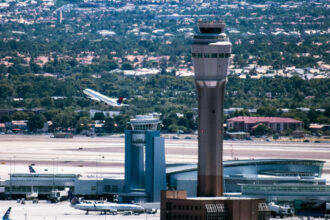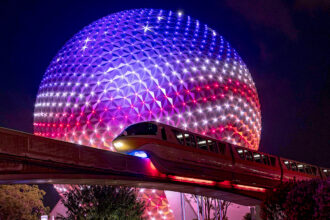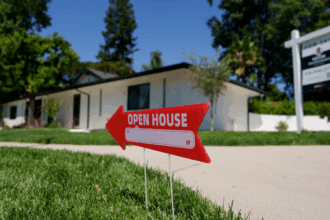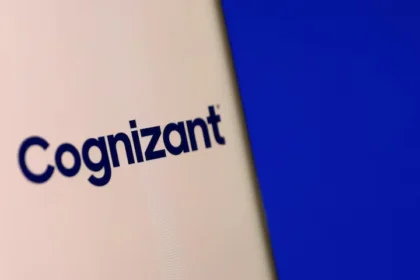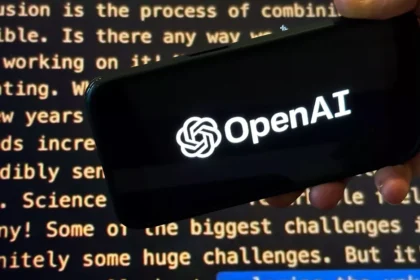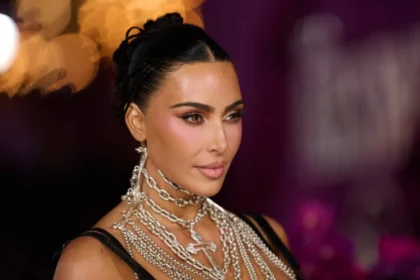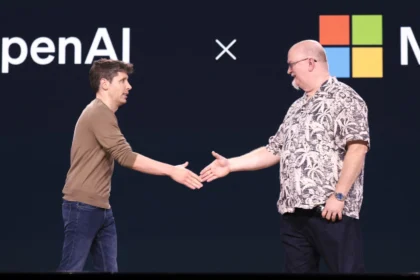Donald Trump’s five-day tour of Asia was more than a sequence of ceremonial visits – it was a carefully staged political performance, where every handshake, meeting, and symbol served a calculated purpose. At YourDailyAnalysis, we see this trip as a deliberate show of strength: a bid to reinforce the U.S.–Japan alliance, reassert American presence in the Indo-Pacific, and remind the world that Trump still knows how to command the global stage.
One of the most emotionally charged moments came when Trump met with families of Japanese citizens abducted by North Korea in the 1960s and 1970s. For Japan, this is not just a diplomatic issue but a deep national wound – one that has defined Tokyo’s stance toward Pyongyang for decades. Although some of the abductees were later repatriated, Japan continues to demand full accounting and the return of any who remain alive. Prime Minister Sanae Takaichi, who inherited this political legacy from Shinzo Abe, has made it a moral centerpiece of her administration. The meeting with the families, held in Trump’s presence, was far more than protocol – it was a message. To North Korea: the matter remains on the agenda. To Japanese conservatives: the U.S. still stands shoulder to shoulder with Tokyo.
Trump’s remark that the United States “will stand with these families all the way” was calibrated for impact. For Japanese audiences, it sounded like reassurance that Washington would not trade human rights for a nuclear deal. For Americans, it played into Trump’s image as a hands-on negotiator who can talk directly to Kim Jong Un. As we note at YourDailyAnalysis, this kind of rhetoric bridges both audiences: it reaffirms Japan’s faith in the alliance while feeding Trump’s narrative of personal diplomacy and “deal-making power.”
The trip began in Malaysia before Trump’s arrival in Japan, where he received an imperial welcome at the Tokyo Imperial Palace – a rare ceremonial honor. Such pageantry was designed to highlight the strategic depth of the U.S.–Japan partnership. We at YourDailyAnalysis observe that for Takaichi, whose coalition currently lacks two votes for a lower-house majority, the visit offers political capital at home. Aligning herself with Trump allows her to project continuity with Abe’s legacy while asserting her own strength as Japan’s first female prime minister.
The centerpiece of the visit came when Trump and Takaichi flew aboard the presidential helicopter to the USS George Washington, docked at the U.S. Naval Base in Yokosuka. The scene was choreographed for maximum effect: two leaders standing under the flags, before an audience of 6,000 U.S. sailors. For Tokyo, it was a visual pledge of American deterrence; for Washington, a reminder that its military footprint in Asia remains unmatched. Trump’s one-hour speech from the flight deck touched on everything from border policy to American football – his trademark blend of nationalism and improvisation.
Introducing Takaichi to the crowd, Trump declared, “This woman is a winner.” It was both personal endorsement and political theater. The Japanese premier, in turn, thanked U.S. forces for their role in regional security and vowed to strengthen Japan’s defense capabilities. Shortly afterward, Trump announced that deliveries of U.S.-made missiles for Japan’s F-35 fighters would begin this week. As we at YourDailyAnalysis point out, this was not merely an arms-trade update but a geopolitical signal: Japan is accelerating its shift from a self-defense posture toward active deterrence.
For the United States, this also reinforces its Indo-Pacific strategy. Japan remains home to the largest concentration of U.S. military power abroad, and the fast-tracked weapons deliveries underscore Tokyo’s expanding role as Washington’s most trusted security partner.
Later that evening, Trump attended a dinner with Japanese business leaders, including SoftBank founder Masayoshi Son. The tone was informal – part policy, part personal rapport, part performance. Topics ranged from investment flows to upcoming golf matches. At YourDailyAnalysis, we interpret this as a subtle form of economic diplomacy: by engaging Japan’s corporate elite in a relaxed setting, Trump projects both accessibility and influence, signaling that American markets remain open – but loyalty in tech and supply chains will be expected in return.
The next stages of the trip are no less strategic. On Wednesday, Trump heads to South Korea to meet President Lee Jae-myung, followed by a Thursday summit with Xi Jinping, where a tentative “trade truce” is expected to be discussed. The choreography is clear: hard power with Japan, negotiation with China. As we note, it’s the classic balance of coercion and conciliation – pressure first, diplomacy second.
Domestically, the visit also serves Takaichi’s interests. Her popularity has risen since taking office, but her parliamentary position remains fragile. Aligning with Trump strengthens her image as a decisive leader capable of navigating global power politics. The visual narrative – from the Imperial Palace to the aircraft carrier – reinforces her stature and distances her from critics who accuse her of pushing Japan toward remilitarization.
In our analysis at Your Daily Analysis, this tour operates on two levels. For Trump, it’s a re-entry performance – a way to prove that he can still set the agenda abroad. For Japan, it’s a consolidation of its role as Washington’s anchor ally in Asia, a partner that no longer simply follows but co-shapes regional policy.
The trip’s true test will come in its final act: Trump’s meeting with Xi Jinping. Should it yield even a symbolic truce, it will demonstrate Washington’s ability to blend pressure with pragmatism. Yet, as we emphasize at YourDailyAnalysis, this does not mean regional tensions will ease. The acceleration of U.S. arms deliveries to Japan, combined with Tokyo’s growing assertiveness, will likely harden China’s stance rather than soften it. What was meant as a tour of alliance-building may, in hindsight, mark the start of a new phase of structured rivalry in the Pacific.




